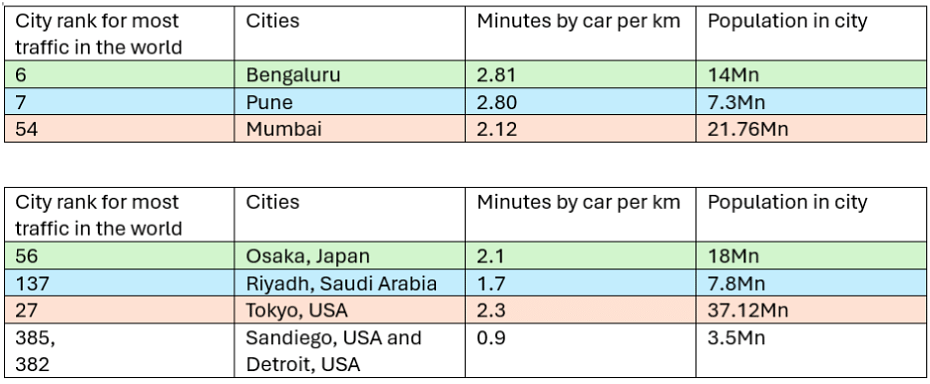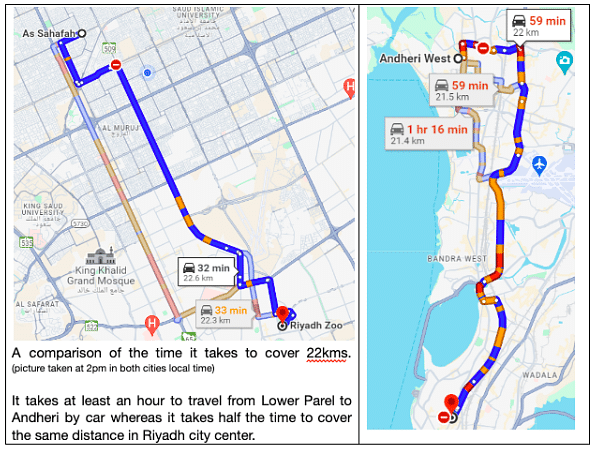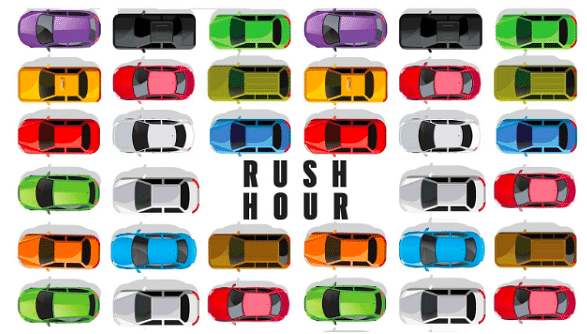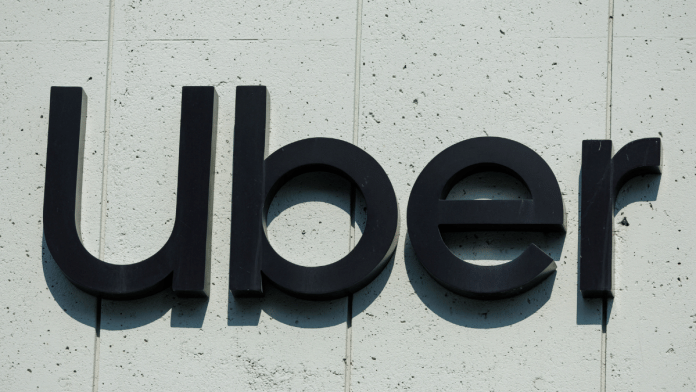Thank you dear subscribers, we are overwhelmed with your response.
Your Turn is a unique section from ThePrint featuring points of view from its subscribers. If you are a subscriber, have a point of view, please send it to us. If not, do subscribe here: https://theprint.in/subscribe/
On March, 2024 Dara Khosrowshahi, Uber’s CEO proclaimed that the Uberx share model has contributed in cutting down traffic, harmful emissions and travelling costs of passengers by 15% to 30% while increasing earnings for their driver. He enthusiastically shares that he expects this car sharing model to become Uber’s newest billion-dollar product in the coming quarters. For those who are not aware, Uberx share is like the carpooling service available in India prior to covid. This model allows a passenger to share the same car with other passenger(s) who are headed in the same direction.
Uber has been aggressively introducing Uberx share model in cities around the world. It has launched this car sharing program in the United States, Candara, Australia countries in the Middle East and in Europe.
It recently launched Uberx Share in Saudi Arabia on 10th May 2024. A country which is known for having low traffic and a world-class infrastructure. Although there is no traffic crisis to encourage Uber to introduce such an initiative, it has done so to add value to the passengers and drivers. This is also in line with Uber’s green commitment to reducing its emissions yearly.
What does the road traffic situation of Mumbai, Pune and Bengaluru compare to other similarly populated cities?


How much of a positive impact does UberX sharing bring to the roads?
Tomtom.com, a website which measures traffic every year, reported that Chicago USA’s traffic reduced by 10 seconds from 2022 to 2023. One of the reasons is due to the joint efforts taken by Uber and Lyft to introduce shared rides.
Uber Head for Eastern Europe stated that prior to launching UberX share in Bucharest, Romania, there were over 1.5 million cars, with atleast 50% of the cars comprising of only one person in a car. This shows how many cars can be eliminated from the road if people are willing to share a car ride with each other.
A senior editor of TOI reported in November 2023 that out of the total vehicles in Mumbai, 29% of the cars belong to private owners. His article further elaborated the fatigue and discomfort office goers go through when driving from home to their workplace and the absolute need for them to travel by car. As on 31st March 2024, there are roughly a total of 170,000 Ola and Uber cars in Mumbai. If we assume that Uber and Ola resume cab sharing service with the government approval and that 30% of all rides consist of only 1 passenger ride which can be substituted with 2 to 3 passengers, then it is safe to say that the number of vehicles on the road can be reduced by 10% (i.e. reduce traffic waiting time by 20 seconds per km in Mumbai). Similarly, 35seconds per km in Bengaluru and 40seconds per km in Pune.
What happened to the carpooling system in India?
Uber and Ola car sharing service have been permanently shut down ever since covid lock down in 2020. In October 2023, Karnataka Government publicly banned carpooling of other car sharing companies like BlaBla car and Quick Ride in Bengaluru, following demands from taxi driver associations.
The carpooling model also lost popularity among female passengers who found it unsafe to share their taxis with strangers. In November 2020, the ministry of Road Transport and Highways recognized this discomfort and issued guidelines which allowed female passengers to choose to share the vehicle only with other lady commuters.
Although carpooling is banned/not operational on taxi aggregation platforms, the reality is that sharing still happens through shared rickshaws, taxis, buses and even a new kind of shuttle service started by Uber.
Can Uber and Ola car sharing improve the traffic situation in India?
According to a report by the World Economic Forum, reducing traffic congestion could add $600 billion to India’s GDP over the next 15 years. This is due to factors such as reduced heat wave attacks, faster movement of goods and services, increased productivity, and reduced fuel consumption.
Taking an Uber or Ola car is not a luxury but a necessity as people is required to report to school, workplace or events in a presentable manner while their getting work done on their laptops or mobile phones while in transit.
As the public transportation system and roads continue to get more jam packed, we recommend that the government encourage car aggregators to use their technological advances to reduce traffic, provide more accessibility to airconditioned cars and save commuter’s time and energy.

These pieces are being published as they have been received – they have not been edited/fact-checked by ThePrint.


